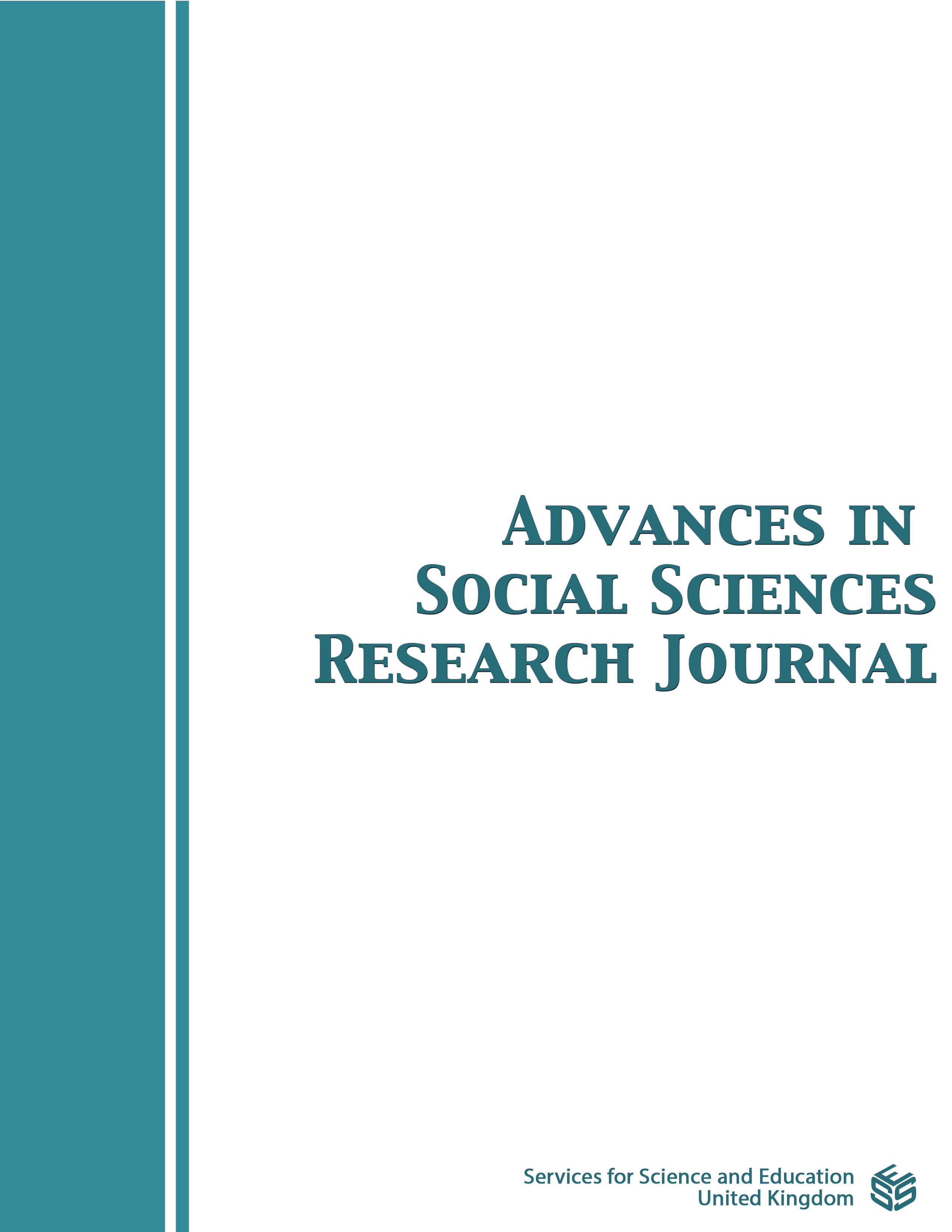Creativity in High School Through Drawing with Polynomials
DOI:
https://doi.org/10.14738/assrj.111.16349Keywords:
The bird, butterfly, bat, projects, drawing, creativity, math, art, the teacher, students, group workAbstract
High school math projects center on solving real-world examples in a wide variety of situations that require a creative skill set. Creativity in high school mathematics takes place in a subtle form. In contrast, creativity presents itself conspicuously in art. Therefore, this paper will explore the utilization of polynomial equations in drawing various figures as part of algebra class projects. Additionally, these projects incorporate integrated digital tools in mathematics. The paper will analyze three algebraic projects: the first project involves drawing a bird, the second project focuses on drawing a butterfly, and the third project entails drawing a bat using polynomial equations with the technological tool Desmos. All three projects are products of student work that encompass figures requiring up to forty polynomial equations. The students' impressive work demonstrates the power of mathematics in pushing the boundaries of other subjects. As digital technology becomes increasingly integral, mathematical tools are positioned as universal tools for the future and are poised to rival artists in producing visual art. This raises the intriguing question: can a mathematician create better art with mathematical equations through digital technology than an artist?
Downloads
Published
How to Cite
Issue
Section
License
Copyright (c) 2024 Rudy Baez, Henry Sanchez, Duli Pllana

This work is licensed under a Creative Commons Attribution 4.0 International License.
Authors wishing to include figures, tables, or text passages that have already been published elsewhere are required to obtain permission from the copyright owner(s) for both the print and online format and to include evidence that such permission has been granted when submitting their papers. Any material received without such evidence will be assumed to originate from the authors.






